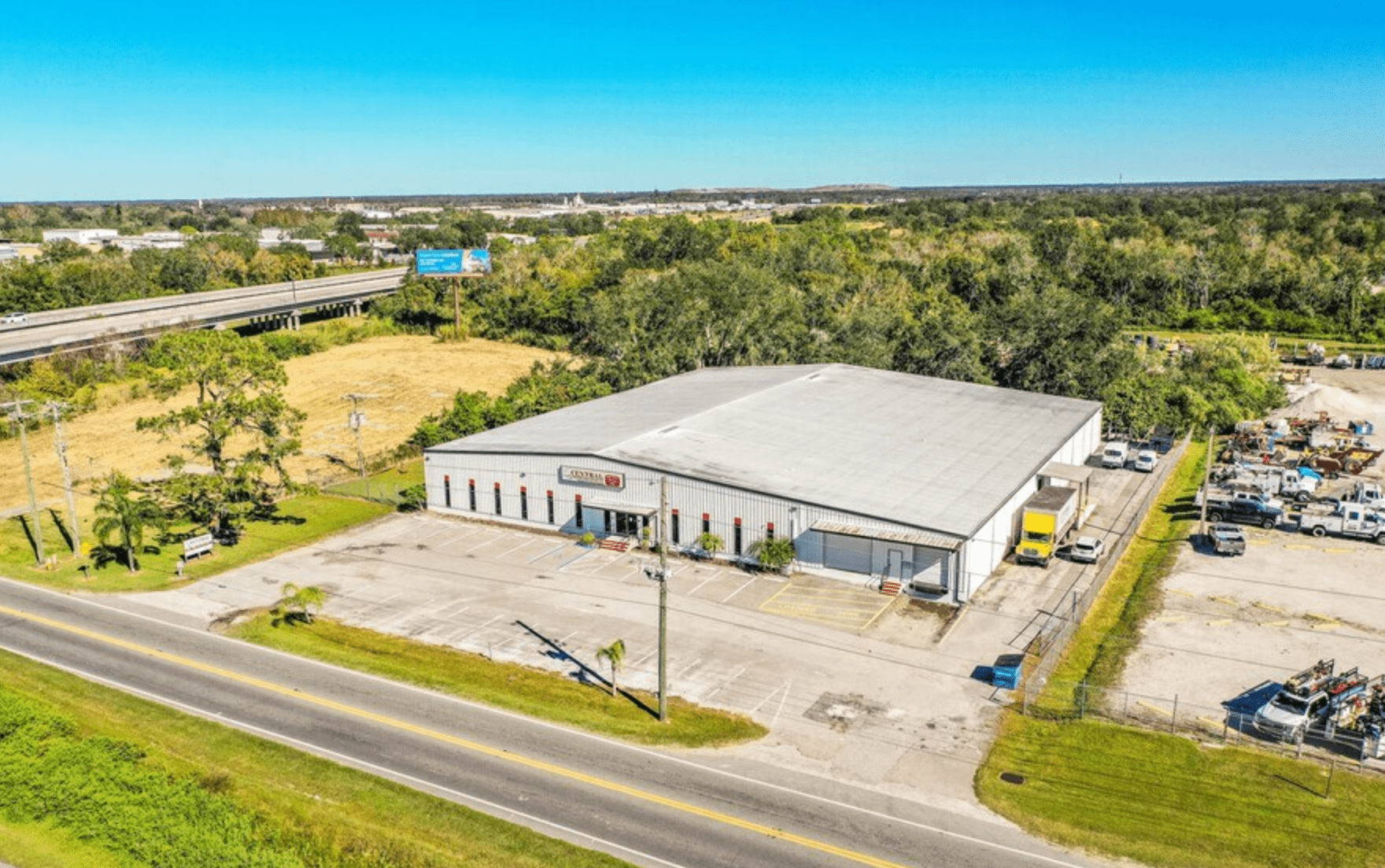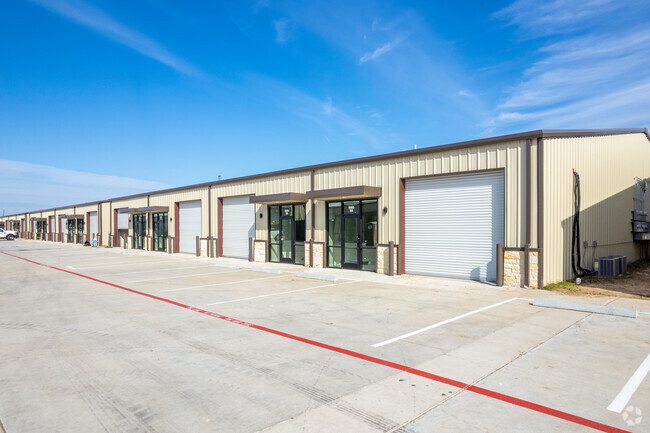How to Value Your Industrial Building in NC & SC: A Seller’s Checklist
If you own an industrial or flex property in the Carolinas, you’ve probably wondered what it’s really worth. You might have seen nearby sales or heard impressive numbers from brokers. But when it comes down to what a direct buyer will actually pay, valuations are based on data—not headlines.
At Roth Capital, we buy industrial, flex, and small-bay buildings across North and South Carolina. When we evaluate a property, we focus on its current performance and realistic future potential—not speculative upside or “best-case” assumptions.
This checklist walks through how buyers and investors like us typically approach valuing an industrial building in today’s market.
Step 1: Start with Existing Income
If your property is leased, the starting point for value is simple: what it’s earning today.
We analyze:
-
Current rent roll and lease terms
-
Tenant strength and payment history
-
Lease structure (NNN, modified gross, or full service)
-
Remaining lease term and renewal options
The building’s actual net operating income (NOI)—after real expenses—is then divided by a market cap rate to estimate value.
Value = NOI ÷ Cap Rate
Buyers use realistic cap rates that reflect market risk. In most Carolina submarkets today:
-
Multi-tenant small-bay or contractor garages: 7%–8.5%
-
Flex industrial: 7%–9%
-
Larger or newer single-tenant buildings: 6.5%–7.5%
Even if your rents are below market, we typically don’t “value in” future increases until leases actually turn over.
Step 2: If the Building Is Vacant
A vacant or partially vacant building is valued differently. Buyers focus on what it will cost to bring it back to stabilized occupancy, including:
-
Leasing commissions: Typically 4–6% of total lease value
-
Tenant improvement (TI) costs: $5–$20 per sq. ft., depending on tenant type and finish-out
-
Expected downtime: Often 6–12 months before stabilization
-
Conservative rent assumptions: Based on recent, closed leases—not listings
For example, a 10,000 sq. ft. vacant flex building in Rock Hill might realistically lease at $10 NNN per foot after six months, with $50,000 in TI and commissions required. That future income is then discounted back to today’s value, less costs.
It’s a conservative, math-driven process—not a “hope-based” one.
Step 3: Account for Functional and Physical Factors
Buyers also underwrite how usable the building is for modern tenants.
We review:
-
Ceiling height: Below 12 ft limits warehouse use
-
Loading: Drive-in and dock doors add flexibility
-
Parking and yard space: Outdoor storage or truck maneuverability adds real value
-
Power capacity: Needed for manufacturers or trade users
-
Condition: Roof age, HVAC, paving, lighting—all factor into cost-to-own
If the property needs significant updates, we’ll subtract those improvement costs directly from our valuation model.
Step 4: Apply Conservative Rent and Expense Assumptions
Even if a broker says similar buildings are renting for $12 NNN, buyers rarely assume your space will hit the same number immediately.
We look at:
-
Recent signed leases, not advertised listings
-
Weighted-average rent for your specific submarket
-
Sustainable occupancy costs for small tenants
-
Realistic expense recovery, including taxes and insurance increases
In short, buyers underwrite what’s probable, not possible.
For example, if market rent is $11–12 NNN, we might underwrite $10.50 to allow for competition or minor vacancy between tenants.
Step 5: Adjust for Vacancy and Credit Risk
No property stays 100% full forever. When valuing multi-tenant industrial, we typically model:
-
5–10% long-term vacancy for turnover
-
Credit risk adjustments if tenants are small local businesses
-
Short-term rollover exposure, which may slightly increase the cap rate
That means an investor’s “true” yield is built around steady income, not a perfect rent roll.
Step 6: Consider Location and Replacement Cost
In the Carolinas, location still matters more than anything else.
We weigh:
-
Access to major corridors like I-77, I-85, and I-26
-
Labor and service density nearby
-
Municipal utilities and zoning flexibility
-
Barriers to new development (which help existing buildings retain value)
We also check replacement cost as a sanity test. If a comparable new build would cost $130–150 per sq. ft., older well-maintained buildings generally trade at a discount—often 60–80% of replacement value depending on condition.
Step 7: Add (or Subtract) for Capital Needs
No buyer ignores deferred maintenance. Roof, HVAC, paving, or electrical issues are all line items that affect pricing.
Typical investor math:
-
Roof replacement: $8–$12 per sq. ft.
-
Parking lot resurface: $4–$6 per sq. ft.
-
Lighting/HVAC upgrades: $2–$3 per sq. ft.
Those costs get deducted directly from the purchase price or factored into a higher cap rate to offset risk.
Step 8: Review Market Liquidity and Buyer Demand
Even the best property’s value depends on who’s buying in your submarket.
-
Metro markets like Charlotte, Raleigh, and Greenville have strong liquidity and more institutional capital.
-
Secondary markets like Statesville, Concord, and Rock Hill attract regional buyers and owner-users.
That means pricing can vary 10–20% just based on buyer depth and available financing.
What This Means for Sellers
If you’re thinking about selling, it’s helpful to view value the way buyers actually calculate it—based on current income, real costs, and conservative leasing assumptions.
That doesn’t mean your property isn’t valuable. In fact, many owners are surprised how strong demand still is, even with higher rates. But the best way to get clarity is to see where your building stands on paper, using the same underwriting logic an experienced investor would apply.
At Roth Capital, we buy directly from owners across North and South Carolina. We specialize in flex, small-bay, and light industrial assets, and we can provide a confidential, no-commission valuation based on today’s real numbers—not listing-site estimates.
If you’d like to see how a professional buyer would value your property, reach out for a quick, no-obligation review. We’ll give you honest feedback—whether or not you decide to sell.





Recent Comments